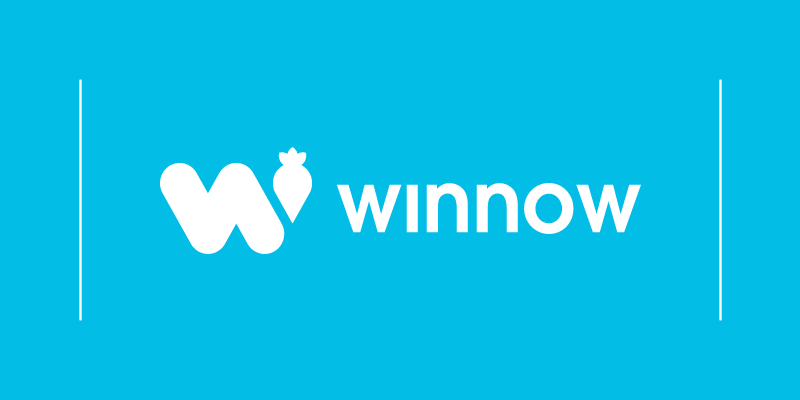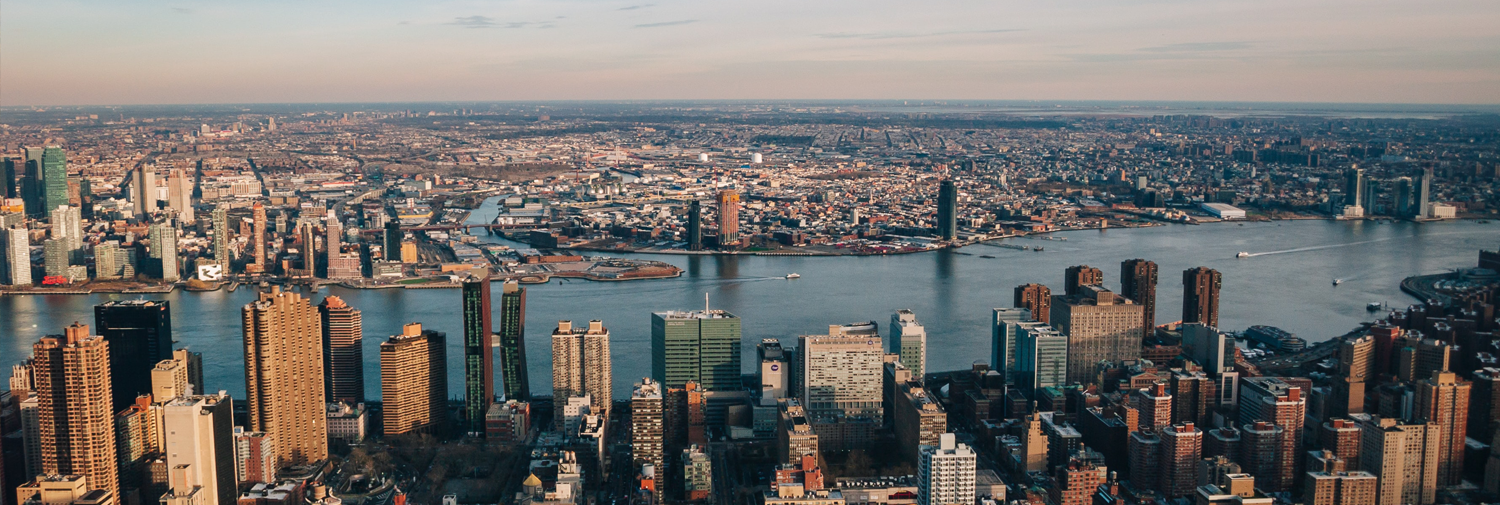Emerging from the fog of COVID-19, New York hosted its 14th annual Climate Week. This year, conversations swirled around government action, supply chain engagement, record-high inflation, and war in Ukraine. Participants expressed both concern and hope as leaders announced exciting achievements and plans of action. Food waste continued to top the list as a key environmental, economic and social issue at events such as Reducing Food Loss and Waste: A Vital Solution to the Food Crisis.
Leaders known as Champions 12.3 came together for a thoughtful examination of global food waste: where we stand and what needs to be done to cut it in half by 2030. The first in-person Champions 12.3 event since 2019 buzzed with collaborative conversation and eagerness to learn. And learn we did. IKEA’s largest retail arm, Ingka Group, announced on Tuesday that it halved food waste across 408 stores worldwide by the end of 2021, nine years ahead of target. To many, this achievement proves that major food waste reduction is doable. Key questions sprang forth: How did they do it? And how can we replicate their success?
What is Sustainable Development Goal 12.3?
Climate Week coincides with the United Nations General Assembly and includes a collection of climate events related to the UN Sustainable Development Goals. Set in 2015 to be achieved globally by 2030, these 17 goals range from gender equality to climate action and ending hunger. SDG 12 commits to Ensure sustainable consumption and production patterns, and one of its targets, 12.3, aims to “halve per capita global food waste at the retail and consumer levels and reduce food losses along production and supply chains, including post-harvest losses.”
What are Food Loss and Waste?
From field to fork, food unfortunately has numerous opportunities to become waste. Food loss occurs when upstream factors – inadequate harvests or harvesting processes, poor storage, or transport – diminish the quality or quantity of food. On the other hand, food waste happens downstream at the hands of retailers, foodservice workers, and consumers when edible food is thrown away. Together the two arms of food loss and waste contribute roughly 10 percent of all greenhouse gas emissions and present serious ethical dilemmas in a world where nearly 10 percent of the population is undernourished. Winnow’s food waste management systems empower chefs to cut waste in half downstream.
So, how did Ingka Group (IKEA) do it?
IKEA Chief Sustainability Officer Karen Pflug announced the 50% achievement to a room of eager listeners. “I truly believe food is too precious to be wasted and that everyone has a role to play to prevent and reduce food waste, whether it is at home in our own kitchens or in our business.” A crucial element of IKEA’s 50 percent achievement was the adoption of Winnow Vision, a revolutionary food waste management device that uses AI to recognize what food is being wasted and calculates its quantity and cost. But the choice of the right technology partner is only part of IKEA’s success. The global company set a clear mandate through a top-down approach, dedicated project team, and engaged staff. Read more about IKEA’s blueprint for 50% reduction here.
Beyond climate impact, why is food loss and waste prevention more important than ever?
Inflation and food insecurity go together. When prices everywhere rise, families put less on the dinner table. “The world is facing a food crisis, cost-of-living crisis and climate crisis. Reducing food loss and waste is an important strategy for addressing each one of these,” said Sunny Verghese on Tuesday, Co-Chair of Champions 12.3 and Co-Founder and Group CEO, Olam. When businesses save money by preventing wasted food, more resources are available to pay employees fair wages and invest in their health and well-being. When individuals cut their food waste, each dollar stretches farther and they eat better. And with supply shortages growing more frequent due to the climate crisis, along with Ukraine’s diminished food exports, we can’t afford for food to be lost or wasted.
Takeaways from Reducing Food Loss and Waste 2022
With the peak of a pandemic behind us, the time for world leaders to act on food waste is now. Climate action requires celebrating the progress of organizations and replicating their success when a blueprint allows. Climate change itself may be a “wicked problem” – incredibly difficult to solve due to incomplete or ever-changing information and requirements. But food loss and waste, while complex, have tangible, real-time financial and operational benefits to those that dare to tackle them. And this complexity is further dismantled when a leader like IKEA steps forth to show others the way. In the remaining years of this decade, I look forward to more success stories from companies like IKEA – bold enough to expose the food waste in their kitchens, and daring enough to do something about it.









Comment on my blog